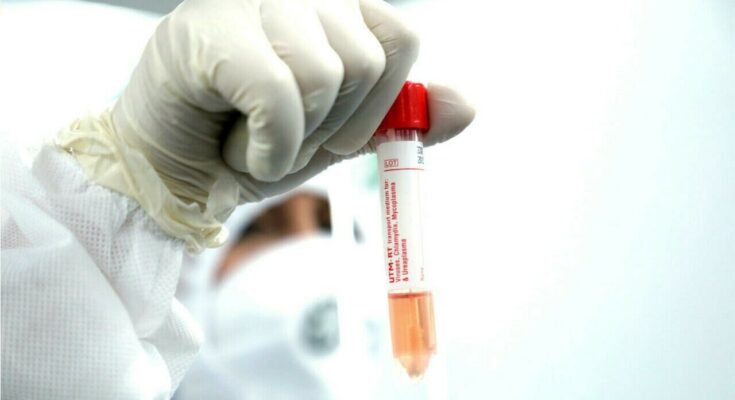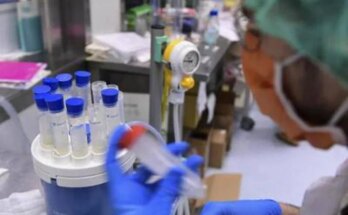In connection with the legionella outbreak in Milan’s San Siro district, ATS confirmed that there were 11 cases reported with one death. One patient is still being treated in hospital. The cases, unrelated to each other, all lived in different buildings. An investigation was initiated to identify the origin of the infection, sampling the homes of the cases, except for one inaccessible home, and several control homes, for a total of 29 homes. The currently available results refer to 4 homes – 2 cases and 2 controls – highlighting only one positive in a control home followed by an indication for remediation.
Investigation
ATS Milan also informed that the evaporation towers in the area have been inspected, all of them have been registered and evaluated. For one of them, samples need to be taken while it is in operation. In parallel, various points of the public water network were sampled. Laboratory analysis of these points is still being carried out. Other sensitive locations in the region, particularly frequently visited places, were checked but found no risky situations. There are no decorative fountains in the surrounding area that could be a source of spread of legionella, however – it is underlined – extensive verification activities are ongoing.
Bacteria
«Please remember – the ATS statement concludes – that legionella is a bacteria that lives in aquatic environments which can then spread to home water supplies and other systems. Transmission occurs exclusively through inhalation of small droplets (aerosol) from contaminated water. Person-to-person transmission is unlikely, nor is drinking the water.”
Bassetti: «This is why it is dangerous»
«Legionella is a bacteria that lives in aquatic environments, which can then spread to home water supplies and air conditioning systems. And it can affect the lungs, kidneys, liver, brain. That is, it can cause systemic multi-organ disease.” And especially in people most at risk, with other pre-existing pathologies, «it can also be very serious, it can lead to death, hospitalization in intensive care with very serious respiratory failure. This is one of the microorganisms that should be done more about also from a preventive point of view.” Matteo Bassetti, director of Infectious Diseases at the San Martino polyclinic hospital in Genoa, outlined the picture to Adnkronos Salute. «Of course – he observed in connection with the developing Italian epidemiological data – the number of diagnosed cases is increasing, and this is of course also the result of new diagnostic methods: today there are more notified cases perhaps because more are diagnosed, thanks to the rapid diagnostics carried out with molecular biology methods we can make more diagnoses than before. We don’t know for sure whether transmission of these bacteria is actually increasing “or whether in the past we diagnosed fewer cases. Keep in mind that legionella causes interstitial pneumonia, so many of these undiagnosed illnesses may be related to the microorganism.”
How to prevent it
Prevention is critical, the expert stressed. For example, “old buildings with tanks on the roof should be monitored more closely, or perhaps even the tanks should be removed so that the water flows. Because, it must be remembered, legionella enters through water pressure, transmission occurs through inhalation of small droplets (aerosols) of contaminated water. Meanwhile there is no risk of drinking it, and there is no risk of transmission from human to human, from one person to another. It is important to check pipes, water tanks, filters, evaporative towers, air conditioners regularly,” said Bassetti. Regarding treatment, he concluded, «there is no vaccine, but it can be treated with effective antibiotics. Antibiotic therapy is able to cure this infection completely, but it is very important to make a diagnosis. And in general today all infections benefit greatly in this regard from new diagnoses.”
© ALL RIGHTS RESERVED



